How Sailing (Mis)Treats Its Legends
Published on April 24th, 2017
The international World Cup Series provides a road map to the Olympic Games, but Ben Remocker, Class Manager for the Olympic Men’s Skiff (49er), finds the circuit missing its target. Here he reports:
Winning The Masters is the highest achievement in Golf. It’s something every golfer aspires to and the image of the winner donning a green jacket echoes for ages through golfing lore. While golfers have been slow to attend Olympics, they flock back to The Masters each year, all previous winners being invited in perpetuity continuing to build their legendary status.
For sailing, the equivalent is the Gold Medal, unequivocally a sailor’s highest competitive achievement, and respected by all… except World Cup organizers.
Case in point: After widely celebrating 5-time medalist Robert Scheidt’s switch from Laser to 49er in Miami, with a hugely popular tribute video that was widely promoted, the Brazilian Olympic hero was not invited this week to Sailing World Cup Hyeres.
His absence should leave the rest of the sailing world scratching their head. How is it that Sailing’s International Federation, World Sailing, is so focused on promoting sailing that their flawed implementation can leave legends out in the cold?
The source of the acrimony is a paper written in 2009 stating that Sailing should have a world cup circuit where the pinnacle annual achievement is no longer winning the World Championship, but rather winning the Sailing World Cup Final.
This vision was reinforced in 2013 when World Sailing flirted with hiring Mark Turner to lead the Sailing World Cup, and he also endorsed an elite circuit view with property owned by World Sailing instead of the sailors and classes. We’re now eight years down this vision, no closer to any meaningful commercial returns, but enduring all the hardships of this elite vision.
Within Olympic Sailing there is broad support for a more commercial approach to the competition but the challenge has been how World Sailing has only succeeded in implementing items within their direct control, like limiting the size of regattas, but has not succeeded in turning their vision into a viable product nor accruing tangible commercial support.
The root of the conflict is that World Sailing have concluded that there should be a limited field of the same sailors across all the Sailing World Cup’s in order for the series to be successful. This makes running regattas simpler, with no qualifying series, fewer course areas, and simpler scoreboards.
Our view is that the number of boats that begin a regatta is largely inconsequential to the commercial success of sailing, and that the focus should be on the publicly consumed product, which is the televised final days of racing. Eight years into this project we still don’t even know if the sailing world even likes what we’re producing, since so few people have ever watched a multiclass regatta finish.
Does the sailing or sporting public like watching 10 medal races over two days? That’s really the only question that needs answering and then optimizing upon, yet World Sailing spends its time and energy on fine details with limited if any impact.
Here at the 49er class, we like to provide solutions as well as observing problems. The simplest solution to this conflict is for World Sailing to drop its insistence on the same small quotas at every event and instead compromise to make the global Olympic sailing circuit work.
Simply double the quotas in at a couple selected World Cup events each year to give younger or transitioning sailors a better chance of attending, while retaining size certainty for regatta organizers. The SWC Final can remain at 20 boats per fleet, and the Sailing World Cup in the Olympic venue can remain at a simplified single fleet size.
There is no need for sailors to commit to the whole series; every event should stand on its own in terms of attracting sailors. The public certainly don’t care who starts a regatta; they’re focused on who’s in contention on the final day.
These are simple changes to make chasing an Olympic dream less onerous for all. After all, we’d hate to have to write the same article again in a few months’ time finding out that 2016 49er Gold Medalists Peter Burling and Blair Tuke don’t have enough ranking points to attend any regatta they want.
There will be 541 sailors from 52 nations racing at the World Cup Series Hyères from April 25 to 30, concluding with the final two days live broadcast (see below) of Medal Races on April 29 and 30, 2017.
Event details – Entry list – Scoreboard – Tracking – Facebook
Background: The Sailing World Cup Series is a World-class, annual series of Olympic sailing for elite and professional sailors. Over 2,000 of the World’s leading sailors, representing over 75 nations have competed in the Sailing World Cup which offers a definitive guide to the best-of-the-best in the Olympic sailing world. More information and criteria can be found online under the 2017 Sailing World Cup Series… click here.
2017 Sailing World Cup Series
Miami, USA (January 22-29)
Hyeres, France (April 25-May 1)
Santander, Spain – Final (June 4-11)

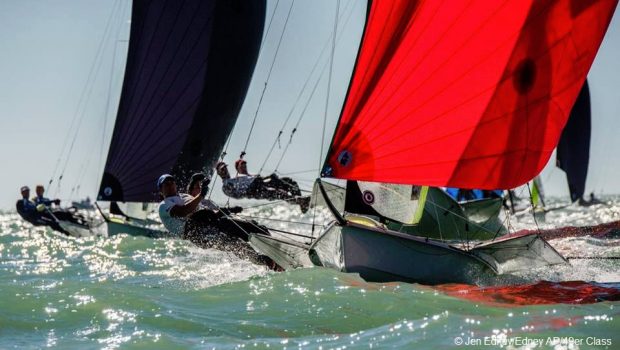


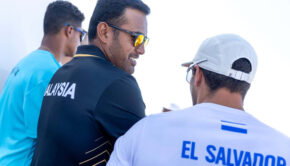
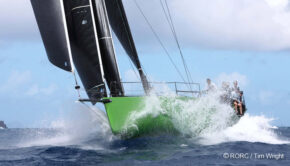
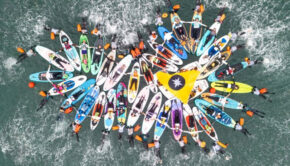
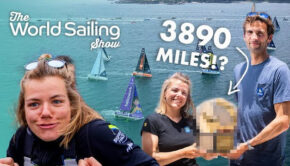
 We’ll keep your information safe.
We’ll keep your information safe.